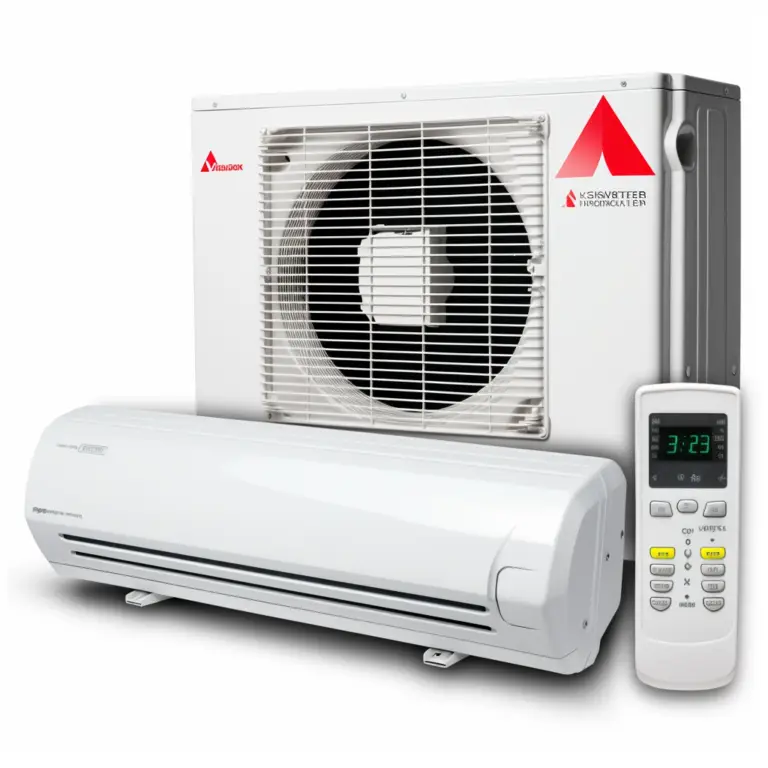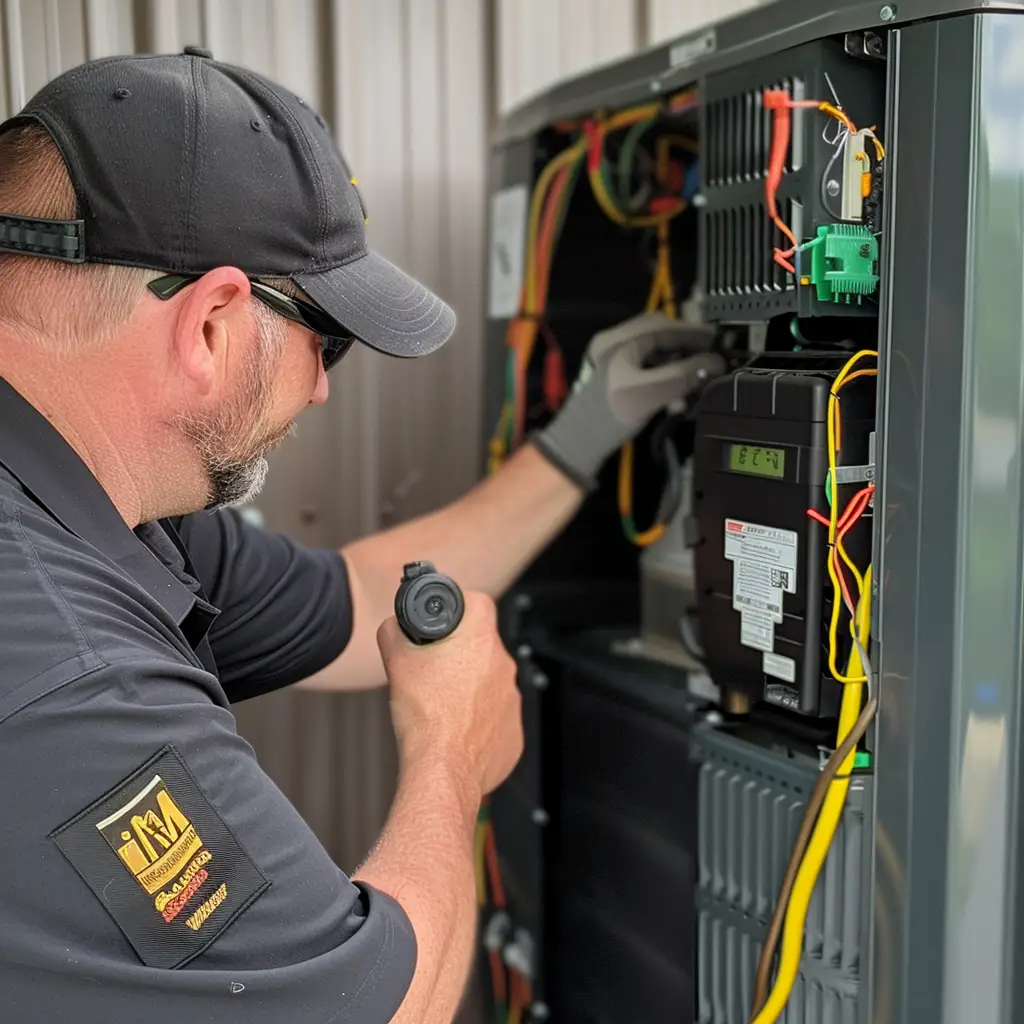Introduction to Ductless Minisplit AC Systems
What are Ductless Minisplit AC Systems?
A ductless minisplit AC system, sometimes referred to as a mini-split, is a type of air conditioning system that doesn’t require ducts to cool your home. These systems are primarily composed of an outdoor compressor and an indoor air-handling unit.
How Do Ductless Minisplit AC Systems Work?
Ductless minisplit AC systems work by having the outdoor unit compress the refrigerant, which is then circulated to the indoor units to cool the air. Each indoor unit can be controlled independently, allowing for zoning or the cooling of individual rooms.
The Pros of Ductless Minisplit AC Systems
Energy Efficiency
One of the main advantages of ductless minisplit AC systems is their energy efficiency. Unlike traditional HVAC systems, which can lose a significant amount of energy through ductwork, ductless systems deliver air directly into different zones, reducing energy losses.
Flexibility and Convenience
Ductless minisplit AC systems provide flexibility because they allow for zoning. This means you can cool individual rooms or areas of your home to your desired temperature. They’re also easy to install, especially in homes without existing ductwork.
Improved Air Quality
Ductless minisplit AC systems often have multi-stage filtration that can significantly reduce dust, bacteria, pollen, allergens, and other particulates in the air.
The Cons of Ductless Minisplit AC Systems
Installation Cost
The initial cost of installing a ductless minisplit AC system can be higher than other cooling systems. However, the energy savings over time can offset this initial investment.
Aesthetic Considerations
While ductless minisplit AC systems are compact, some people find the indoor units less aesthetically pleasing than traditional HVAC grilles or vents.
Maintenance
While all AC systems require maintenance, ductless minisplit AC systems require more frequent maintenance, such as cleaning or replacing the filters.
Choosing the Right AC System for Your Home
When choosing an AC system for your home, it’s important to weigh the pros and cons of each type. Ductless minisplit AC systems offer many advantages, but they may not be the right fit for everyone.
Trust AirPoint for Your Ductless Minisplit AC Systems Needs
At AirPoint, we understand the intricacies of ductless minisplit AC systems, and we aim to provide you with the best service possible. As a Carrier factory authorized dealer and NATE certified in Toronto, we uphold the highest standards of quality and professionalism.
We’re proud to have received the HomeStars Best of the Best 2023 award and consistently achieve 5 stars on Google and HomeStars. All of our technicians are fully certified by TSSA, HRAI, and CSA.
Your comfort and satisfaction are our highest priority, so whether you’re considering a ductless minisplit AC system or have other HVAC needs, trust AirPoint to provide expert, reliable service.
To learn more about if a mini split air conditioner is a good fit for your home, watch this video by Benjamin Sahlstrom
Frequently Asked Questions About Ductless Minisplit AC Systems
What is a ductless minisplit AC system?
A ductless minisplit AC system is an air conditioning system that doesn't require ductwork to cool a space. It consists of an outdoor unit and one or more indoor units that distribute air.
How does a ductless minisplit AC system work?
The outdoor unit compresses the refrigerant, which is then circulated to the indoor units. These indoor units cool the air and distribute it throughout the room or zone.
What are the benefits of a ductless minisplit AC system?
Ductless minisplit AC systems are energy efficient, flexible, and can improve indoor air quality.
What are the disadvantages of a ductless minisplit AC system?
The installation cost can be high, some people may not find them aesthetically pleasing, and they may require more frequent maintenance.
Is a ductless minisplit AC system right for my home?
This depends on various factors, including your home's cooling needs, your budget, and your aesthetic preferences.





